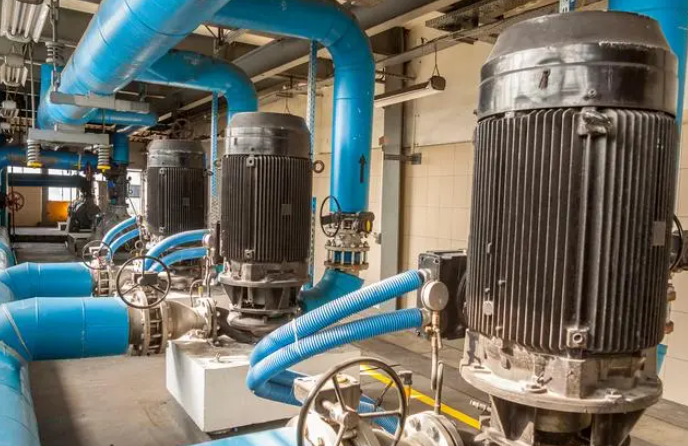Water pumps are essential components in various systems, ensuring a steady supply of water for both residential and industrial applications. However, one of the most common issues users face is a water pump that fails to produce water. This problem can be frustrating and may stem from several different causes. In this article, we will explore the common reasons why a water pump might not be working correctly and provide solutions to address these issues.

Figure | Purity pump field application
One of the primary reasons a water pump might fail to deliver water is the presence of air in the suction line or pump cavity. This problem often occurs when the pump has not been primed correctly or when it has been idle for an extended period. When a pump is started without sufficient water in the system, or if air has entered the pump body due to prolonged inactivity, it can prevent proper water flow.
Solution: To resolve this issue, ensure that the suction line and pump cavity are fully primed with water before starting the pump. If the pump has been idle for a long time, re-prime the system by adding water to both the suction line and the pump body. This action will remove any trapped air and restore normal operation.
Another common issue is clogging caused by debris or foreign objects in the water source or the pump itself. This problem can arise if the water source is not clean or if a foot valve is not installed at the bottom of the suction pipe. Foreign objects can obstruct the flow of water, leading to reduced performance or complete failure to pump water.
Solution: To prevent clogging, ensure that the water source is clean and that a foot valve is installed at the bottom of the suction pipe. Regularly inspect the pump and suction lines for any debris or foreign objects. If clogging occurs, clean the affected parts promptly to avoid potential damage to the pump or overload conditions that could lead to motor failure.

Figure | Purity stainless steel pipeline pump
Motor reversal is a less common but significant issue that can cause a pump to stop producing water. This problem usually results from incorrect wiring of the pump's electrical connections. When the motor runs in the wrong direction, it can prevent the pump from drawing in and expelling water effectively.
Solution: To diagnose and correct motor reversal, check the rotation direction of the pump's impeller. Typically, the impeller will have a marked direction on its casing. Verify that the motor's wiring matches the specifications provided in the pump’s manual. If the motor is running in reverse, disconnect the power supply immediately and correct the wiring according to the instructions. This adjustment will restore the correct rotational direction and ensure proper water flow.
Regular maintenance is crucial for preventing many of the issues discussed above. Regularly check the condition of the suction line and pump components, and replace any parts that show signs of wear or damage. Additionally, ensure that the water source is clean and free of debris to reduce the risk of clogging.
A water pump that fails to produce water can be attributed to several common issues, including air in the suction line, clogging, and motor reversal. By understanding these potential problems and implementing the appropriate solutions, users can effectively address and prevent water pump failures. Regular maintenance and timely corrective actions will not only ensure the reliable operation of the water pump but also extend its lifespan, ultimately providing consistent and efficient water delivery for all applications.